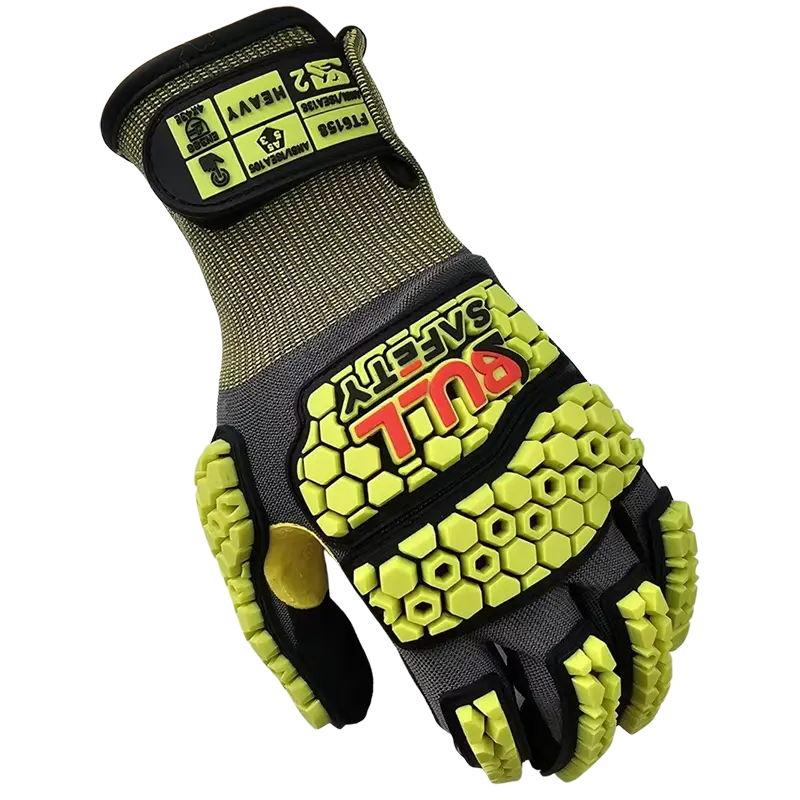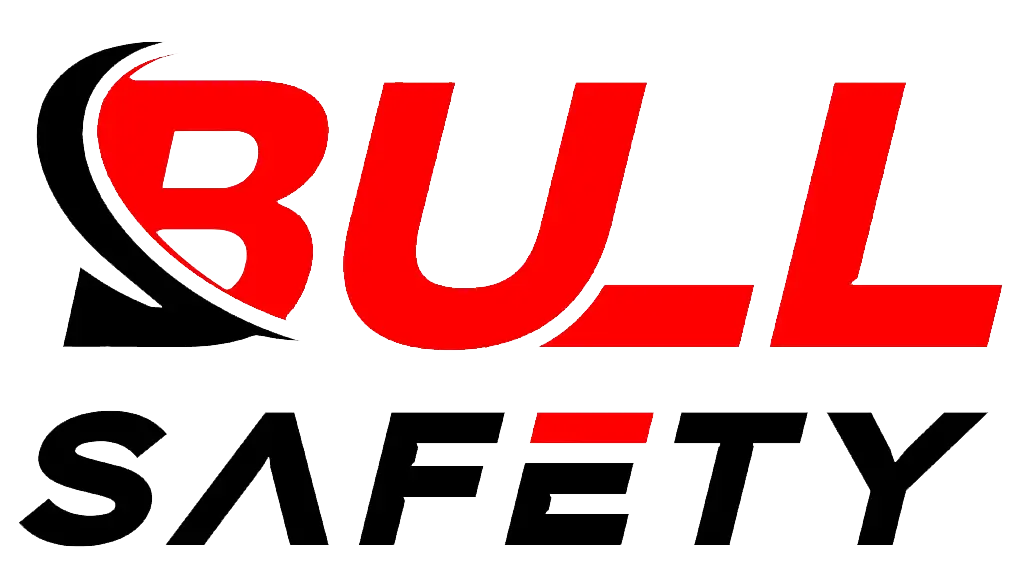
As a professional in the PPE industry, I understand the importance of selecting the right safety gear to protect workers. Impact-resistant gloves are a crucial part of personal protective equipment (PPE)1, designed to minimize the risk of hand injuries2 caused by impacts, vibrations, and abrasions. Whether you’re in construction, automotive, or manufacturing, investing in the right gloves ensures worker safety and compliance with safety standards.
Impact-resistant gloves are designed to reduce hand injuries by absorbing and deflecting impacts, vibrations3, and abrasions. These gloves are essential in industries like construction, automotive, and manufacturing, where workers face frequent hand hazards.
What Are Impact-Resistant Gloves?
Impact-resistant gloves are specifically engineered to absorb and deflect impact energy, reducing the risk of hand injuries in high-risk industries4. These gloves combine advanced materials like thermoplastic rubber (TPR) and high-performance yarns to provide superior protection.
Impact-resistant gloves combine advanced materials such as thermoplastic rubber (TPR) and high-performance yarns to provide superior protection against physical trauma, sharp objects, and vibrations.

By understanding the key features and materials, you can make informed decisions when selecting gloves that provide the right level of protection for your workplace.
Key Materials in Impact-Resistant Gloves
| Material | Purpose | Application |
|---|---|---|
| Thermoplastic Rubber (TPR) | Absorbs impact, protects knuckles | High-impact zones like knuckles, fingers |
| High-Performance Polyethylene (HPPE) | Provides cut resistance | Gloves for handling sharp objects or tools |
| Gel Inserts | Shock absorption | Palm and finger areas for vibration protection |
| Foam Padding | Enhances comfort and impact protection | Palm and knuckle protection |
Selecting gloves made from the right materials ensures that workers stay protected against specific workplace hazards5.
What is the Standard for Impact Gloves?
When sourcing impact-resistant gloves, I always check for industry standards to ensure they meet safety regulations. The ANSI/ISEA 138 standard6 is the key certification for impact-resistant gloves, rating their effectiveness in absorbing impact energy.
The ANSI/ISEA 138 standard rates impact-resistant gloves from Level 1 to Level 3 based on their ability to absorb impact energy. Buyers should check this certification to ensure compliance with workplace safety regulations.
ANSI/ISEA 138 Standard for Impact-Resistant Gloves
| Test Criteria | Purpose | Evaluation Method |
|---|---|---|
| Impact Protection | Absorbs and reduces impact force | Drop impact test with weighted impactor |
| Abrasion Resistance | Durability and wear resistance | Rotational abrasion test |
| Cut Resistance | Prevents cuts from sharp objects | Test based on the ASTM F1790 standard |
| Vibration Resistance | Reduces harmful vibrations | Vibration frequency analysis |
I always recommend choosing gloves that meet the ANSI/ISEA 138 standard, ensuring they offer the right level of protection for the intended work environment.
What Are the Levels of Impact Protection?
Impact-resistant gloves come in different protection levels, rated under the ANSI/ISEA 138 standard. Choosing the right level is essential to match the gloves with workplace hazards.
Impact protection in gloves is rated from Level 1 (basic) to Level 3 (high protection) under the ANSI/ISEA 138 standard. Level 3 gloves are recommended for industries like construction and mining, where severe impacts are common.
Impact Protection Levels
| Protection Level | Recommended Use | Example Tasks |
|---|---|---|
| Level 1 | Light assembly, general handling | Packaging, light tool use |
| Level 2 | Medium impact tasks, power tools | Handling moderate machinery, hand tools |
| Level 3 | Heavy-duty work, power tool operation | Automotive repair, heavy lifting |
For industries like construction and mining, I always suggest using Level 3 gloves, as they provide the highest protection against severe impacts.
Conclusion
For buyers, selecting impact-resistant gloves with the right protection level ensures compliance with safety regulations while minimizing workplace injuries. Always check ANSI/ISEA 138 certification before purchasing.
Selecting the right impact-resistant gloves ensures compliance with safety regulations while minimizing workplace injuries. As a buyer, I always verify ANSI/ISEA 138 certification before purchasing to guarantee that the gloves meet industry standards. By understanding protection levels, materials, and certifications, you can confidently choose the best gloves for your workforce and reduce the risk of hand injuries in high-risk environments.
-
Discover the latest innovations and trends in PPE to ensure your workplace is equipped with the best safety gear. ↩
-
This resource provides valuable insights into preventing hand injuries, crucial for worker safety in high-risk environments. ↩
-
Explore the impact of vibrations on worker health and the importance of protective gear. ↩
-
Explore this link to understand the various high-risk industries where impact-resistant gloves are essential for safety and compliance. ↩
-
Discover the specific workplace hazards that impact-resistant gloves guard against, ensuring safety in your work environment. ↩
-
Learn about the ANSI/ISEA 138 standard to ensure the gloves you choose meet safety regulations and provide adequate protection. ↩



